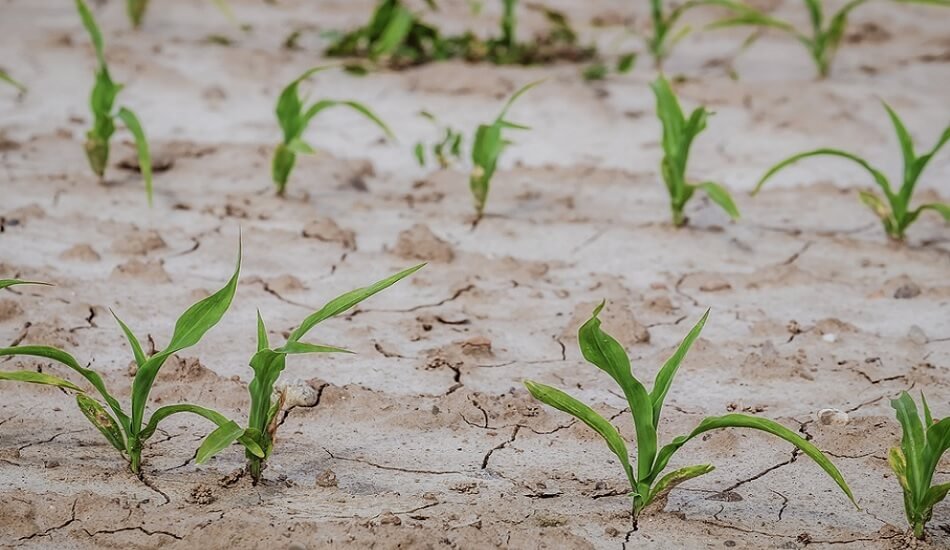To Boost the growth of Rainfed Agriculture, the NRAA proposes various policies.
A preliminary policy proposes various initiatives to promote the growth of rainfed agriculture in the country, including reviving millet-based cropping systems, releasing new climate-resilient varieties, enhancing water usage efficiency, and supporting allied agri-activities.
The Ministry of Agriculture’s National Rainfed Area Authority (NRAA) has suggested a new strategy to accelerate the growth of rainfed agriculture by taking a comprehensive approach to combatting climate change, securing livelihoods, and boosting nutrition.
Also Read | Protecting farmers from climate change is not an expensive proposition : ICRISAT.
The proposed policy is anticipated to establish programs expressly for rainfed agriculture, which accounts for 55% of the net planted area of 139.42 million hectares and employs approximately 61% of the country’s farmers.
Rainfed agriculture accounts for roughly 40% of overall foodgrain output. Rainfed agriculture produces around 85% of nutri-cereals, 83% of pulses, 70% of oilseeds, and 65% of cotton. Rain-fed agriculture feeds two-thirds of animals and 40% of the human population.
Increasing investment
Among the other measures proposed in the policy are improving cropping systems and practices in rainfed agriculture, promoting integrated farming systems and integrated livelihood systems, improving farm power and mechanization, and promoting efficient natural resource management in rainfed agriculture, as well as measures to reduce soil degradation and restore/rehabilitate degraded soils.
In addition, the proposed strategy calls for measures to improve farmers’ investment capabilities and financial security by increasing institutional credit availability and providing comprehensive insurance and weather-based instruments for rainfed farmers.
It also advises supporting allied agri-activities in addition to developing a bio-economy in rainfed regions through secondary agriculture activity promotion. It also emphasizes the importance of developing infrastructure and organizations that help farmers capture value, boost private sector investment in rainfed regions, and promote sustainable practices.
In addition, the policy calls for improving knowledge transfer in rainfed regions, strengthening extension services, leveraging information and communication technology, creating data monitoring, management, and analytics infrastructure for effective decision making, and creating an institutional framework for accelerating rain-fed agriculture growth.
Also Read | Farmers, FPOs can lock selling price at sowing time to manage price risk: Ashok Dalwai
Related sectors interventions
Because comprehensive development of rainfed areas is not limited to agriculture and allied sectors, the policy emphasizes the importance of closely related interventions and programs from other sectors such as Water Resources, Rural Development, Panchayat Raj, Tribal Welfare, Environment and Forests, Science and Technology, Medium and Small Scale Enterprises, Drinking Water and Sanitation, Energy and Power, Skill Development, and NITI Aayog, among others.
Furthermore, the policy has proposed the formation of a national-level committee comprised of officials from various ministries and organizations such as NRAA, NABARD, NCDC, and SFAC, among others, to ensure adequate coordination and a unified development approach.


















Add Comment